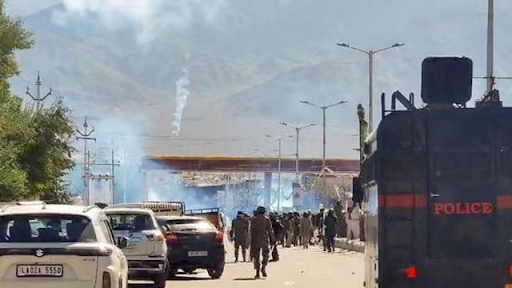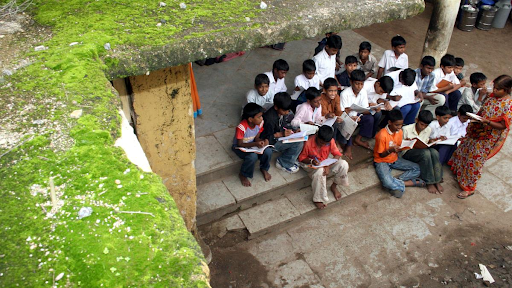




Copyright infringement not intended
Picture Courtesy: BUSINESS-STANDARD
SC upholds 3-year experience rule for judicial service aspirants, reshaping entry conditions.
The Supreme Court stated that candidates who want to become Civil Judges (Junior Division) must now have at least three years of experience practicing as lawyers before they can take the judicial service exam.
The judgement reverses a rule from 2002 that allowed fresh law graduates, straight out of college, to apply for these exams without any practical experience.
The court says this will ensure judges have real-world courtroom experience, which improves their ability to make fair and effective decisions.
Three-Year Practice Requirement => Candidates must practice law for at least three years to be eligible for the Civil Judge (Junior Division) exam. This practice starts from the date of provisional enrollment as an advocate, not from passing the All India Bar Examination (AIBE).
Proof of Experience: Candidates need a certificate to prove their three years of practice. This certificate must come from either the Principal Judicial Officer of the court where they practice or an advocate with at least 10 years of experience, approved by the Principal Judicial Officer.
Law Clerk Experience Counts => If a candidate works as a law clerk for a judge or judicial officer, this time counts toward the three-year requirement. This will help those who assist judges in research or court work.
Applies to Future Recruitment => The rule doesn’t affect ongoing recruitment processes announced before May 20, 2025. If a state or high court already notified a judicial exam without the practice requirement, it will proceed under the old rules.
States and High Courts Must Update Rules => The Supreme Court directs all high courts and state governments to amend their judicial service rules to include this three-year requirement, to ensure uniformity across India.
Must Read Articles:
Source:
|
PRACTICE QUESTION Q. Critically analyze how judicial activism has evolved in India. Is it a necessary tool for governance or an overreach of power? 150 words |






© 2025 iasgyan. All right reserved